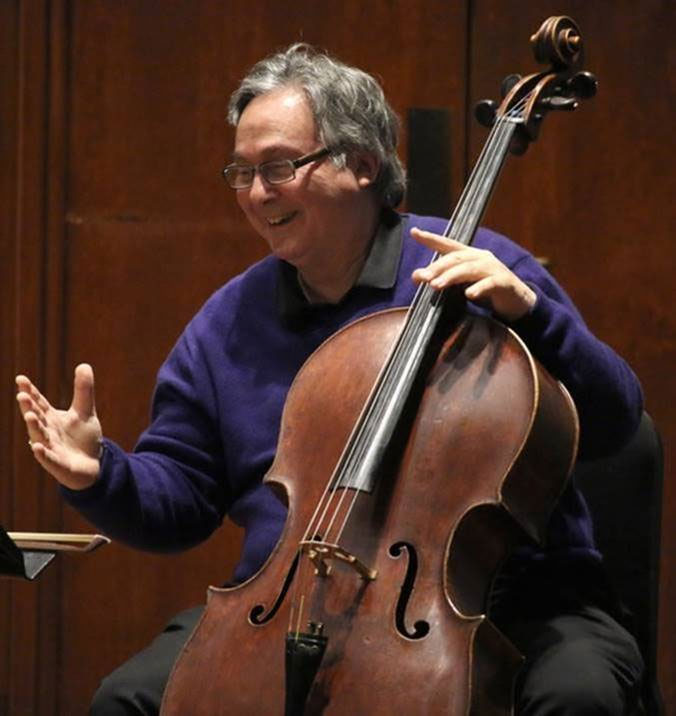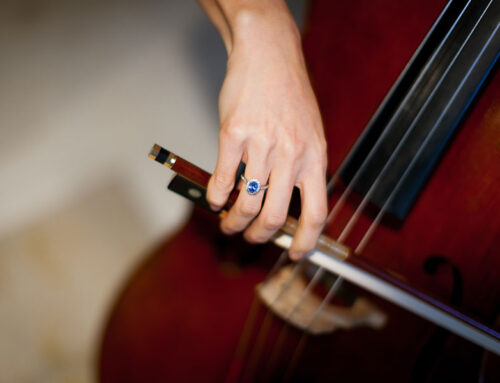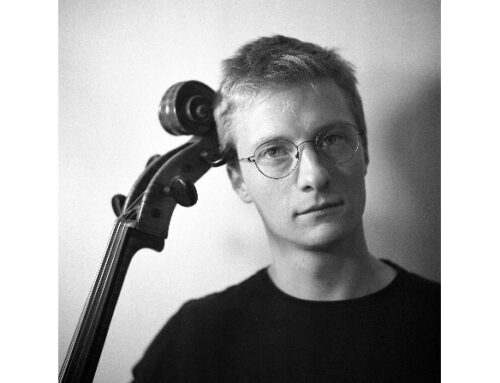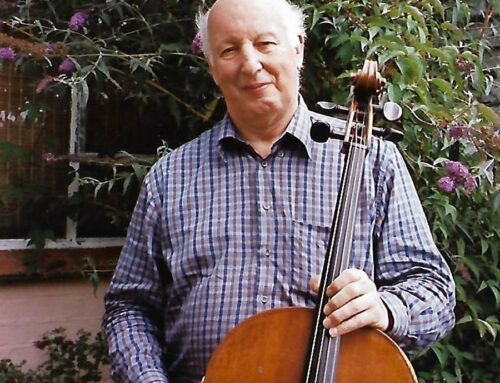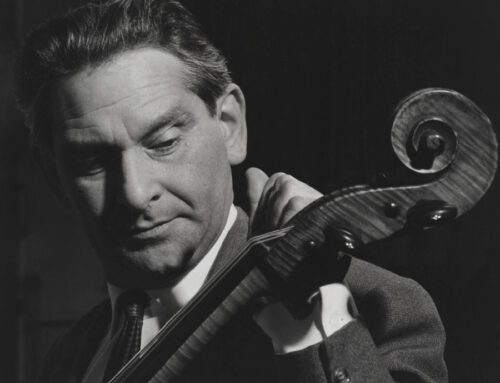Ralph Kirshbaum, Montagnana 1729
 “I fell in love with it more and more. It was obvious that this was ‘the cello’. I’ve played many other cellos in my life – great Strads and other Montagnanas – which I can appreciate, but this is the one I love. To have found it and be with it all this time is the greatest fortune I could imagine.”
“I fell in love with it more and more. It was obvious that this was ‘the cello’. I’ve played many other cellos in my life – great Strads and other Montagnanas – which I can appreciate, but this is the one I love. To have found it and be with it all this time is the greatest fortune I could imagine.”
Ralph Kirshbaum, describes his emotional first performance with his Montagnana cello and why he’s been faithful to it for over 40 years.
I’ve owned this Montagnana since 1973. I had some very generous backers who wanted to help me acquire a great instrument. So I let that be known to Jacques Francais, the major dealer in North America at the time. He had a Montagnana in his shop in the fall of 1971, and I tried it but it just didn’t feel right physically.
The next fall Jacques sent me a message to say that he had another Montagnana and this might be ‘the one’. I played it in his shop and it was a totally different experience. I said, ‘Gosh this is an incredible instrument. I’m going to Texas to see my parents for the holidays and after that I have a tour for two weeks and I’d love to take it on tour.’ He agreed, so I went home, but on January 7 my mother had a stroke and died. I was due to go back East and play a concert in New Haven, Connecticut, where I was a student, and where my mother was born and raised. We were all shattered and I was on the fence about whether I could play this concert, but in unison my family said ‘you have to play’ and that gave me the strength to play. I was playing the Elgar, the most elegaic concerto in our repertoire, and I’m sure I’ve never given a more heartfelt performance of it than I did on that night – my first performance with the Montagnana cello. It was an incredible experience.
Then I took the cello on tour and fell in love with it more and more. It was obvious that this was ‘the cello’. I’ve played many other cellos in my life – great Strads and other Montagnanas – which I can appreciate, but this is the one I love. To have found it and be with it all this time is the greatest fortune I could imagine.
It’s gone through transformations of course. Five years later Rene Morel (the luthier in the shop of Jacques Francais) said there were things he’d like to improve about the cello, so he gave it a new bass-bar, a new soundpost and a new bridge. I remember when I first played afterwards it was so different – actually it was a little bit too shrill, too tenor. Before that the tenor part was the weak part, if there was a weak part, but he said, ‘Don’t worry, just play it; it’ll take six months, but just play it and it will settle down and you’ll see that the top of the cello is going to be like a Strad.’ If I missed anything in the first five years that I had the cello, it was that the very top seemed a bit tight. And Rene was right, it was like a flower opening up. By month three I already felt the difference in the upper regions of the A string and by six or seven months the whole instrument had adjusted. I didn’t think the cello could be any better than it was. And that’s the way it’s been ever since.
The cello was made in 1729 and it’s in wonderful condition. It’s one of the very few uncut Montagnanas. It’s not particularly long, but it’s very broad and the bouts are also very high. It does take quite a bit of physicality to play – it keeps my shoulders limber getting round it.
Piatti played this cello. I believe he had three Montagnana cellos over the course of his life, so he wasn’t as loyal as I have been! The Curtis Institute owned this instrument from around 1930, and subsequently sold it some twenty-five years later to Janos Scholz, a Hungarian cellist living in New York. He in turn sold it to an amateur player through Jacques Français in 1970. It was my good fortune that the amateur player found it too difficult to play! The rest, as they say, is history.

